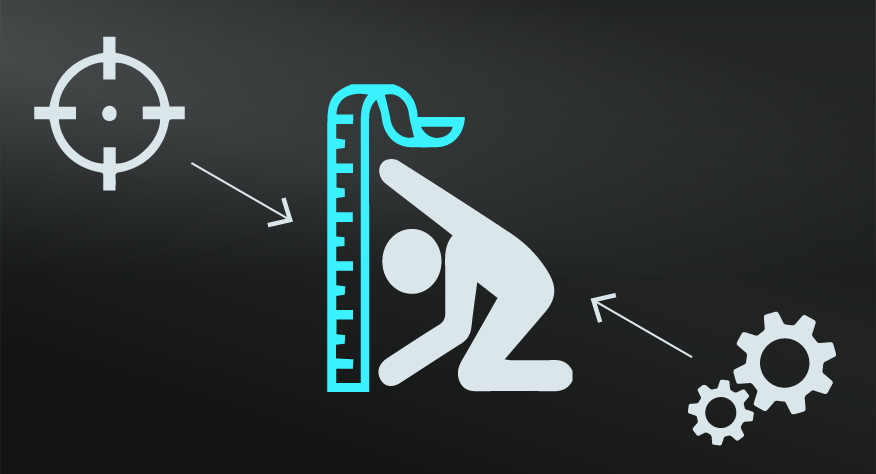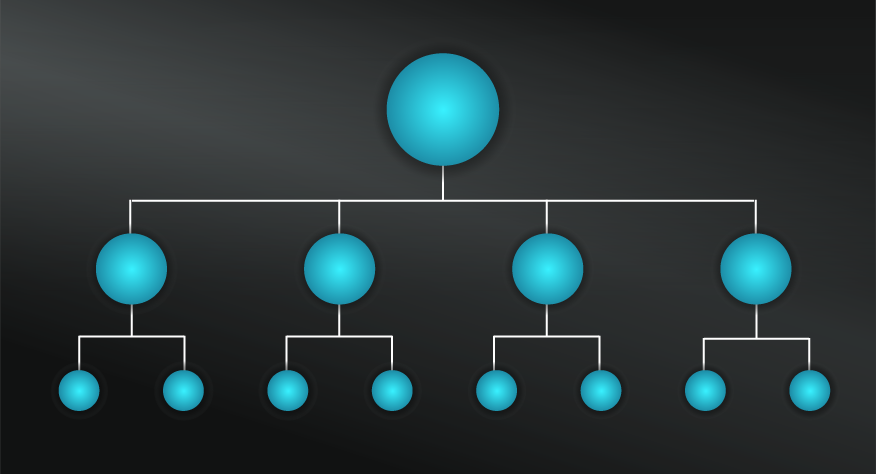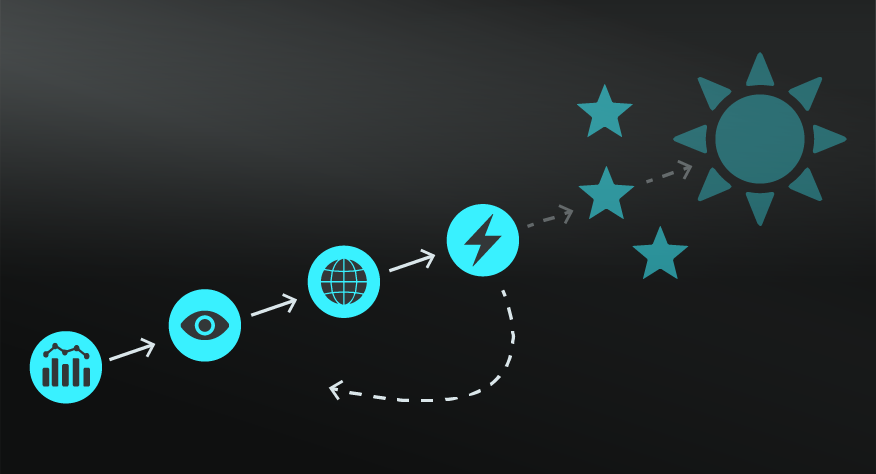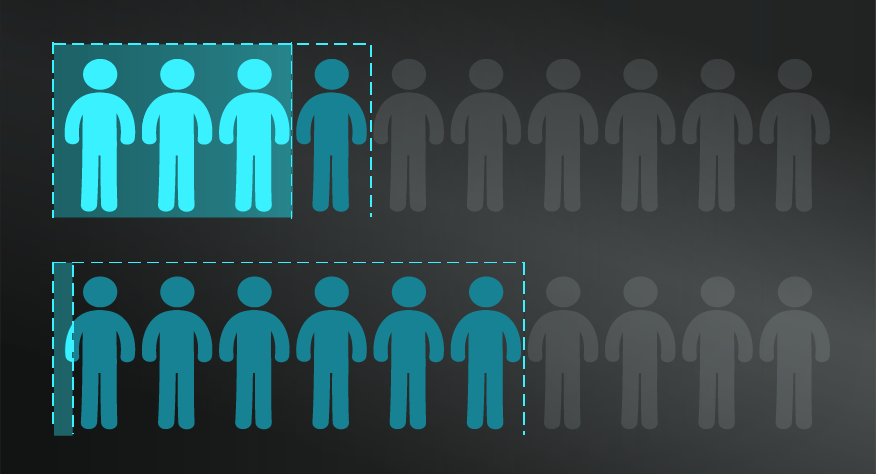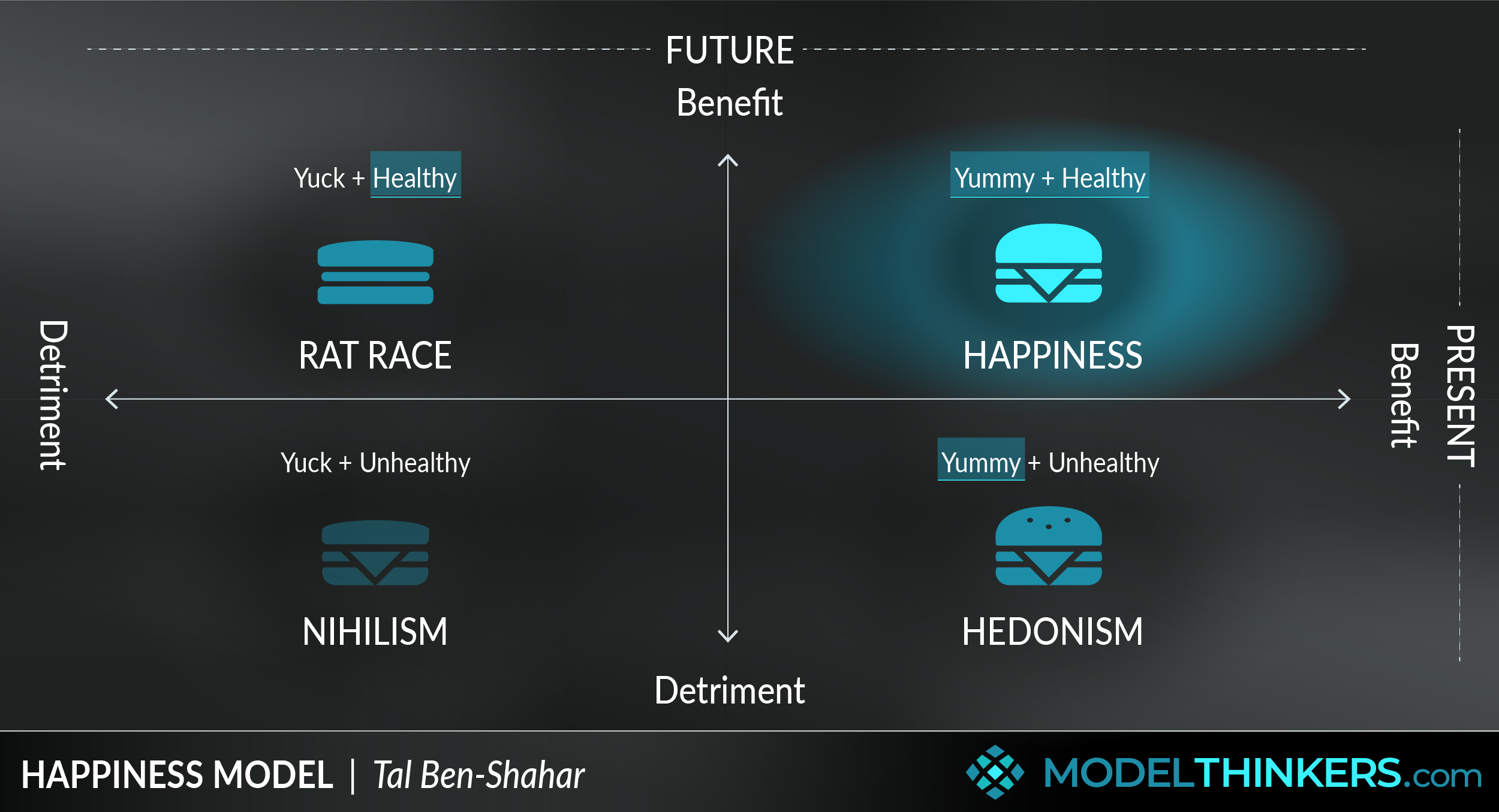
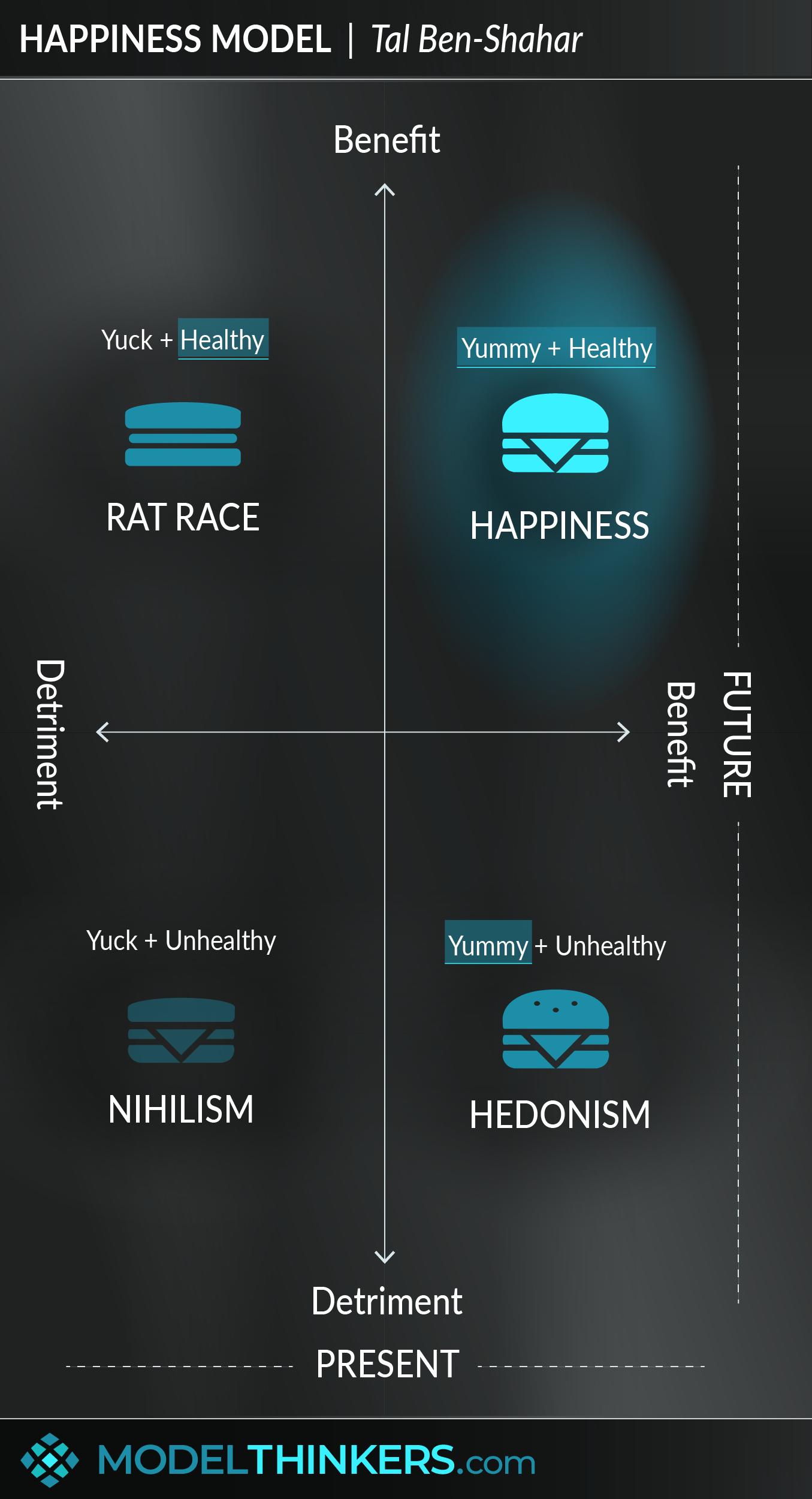
 0 saved
0 saved
 30.8K views
30.8K views








Want to be happy? There’s a model for that. There’s actually a bunch of models for that but, for now, let’s see if this one by Harvard's Tal Ben-Shahar works for you.
Inspired by Positive Psychology, Ben-Shahar’s Happiness Model argues that to be happier more often you must simultaneously live for today and tomorrow by identifying and pursuing activities that deliver immediate pleasure and long term meaning.
HAPPINESS HAMBURGER.
Also known as the Hamburger Model, it's expressed in a 2x2 matrix to map actions that are detrimental versus beneficial for your present versus future situation, with the four resulting quadrants of hedonism, rat race, nihilism and happiness.
In Ben-Shahar’s own words: “When you learn how to live for today and for tomorrow at the same time, you learn how to balance your immediate personal needs with long-term goals and enjoy life as you never have before.”
BREAKING DOWN THE HAPPINESS QUADRANTS.
Let’s dive into those quadrants in more detail:
-
Hedonism: Actions that prioritise immediate benefits over future ones, maximising immediate pleasure without concern or consideration for the future. It’s the equivalent of eating an unhealthy burger full of salt and sugar that feels great at that moment but is blocking your arteries even as you swallow.
-
Rat race: Actions that are focused on a future, often distant payoff. In the meantime, it’s about sacrifice, and doing what’s necessary despite the discomfort or pain. Continuing the burger metaphor, this is about eating a horrible tasting 'health' burger with low carb buns, raw vegetables and a tofu patty — healthy, but far from pleasurable at the moment.
-
Nihilism: Actions that reflect a lack of lust for life and belief that life is meaningless, so not caring about the future nor immediate discomfort. This is the equivalent of eating a horrible tasting burger that is also bad for you — the worst of both worlds.
-
Happiness: Actions that find the intersection between immediate and future benefits. It’s finding that mythical burger that tastes great in the moment and is healthy for ‘future you’.
While these are sometimes labelled as ‘personality archetypes’, Ben-Shahar describes them more as areas that you will inevitably move between throughout your life. He explains that being in the hedonism quadrant, on occasion, might involve indulging in an unhealthy meal or playing a video game just for immediate fun. Similarly, sometimes it will pay off to sacrifice present benefits to set up for a future outcome. And that, being human, there will be dark times when you collapse into that nihilist space.
LOOK FOR MARGINAL GAINS.
Ben-Shahar is quick to emphasise that being happier is not an end state, rather a continuous process. He regularly points out that the only people who do not feel other emotions are either psychopaths or dead. So, rather than being permanently happy he advocates striving to seek to be happier than today by considering how to spend more time in the happiness quadrant. In that sense, Ben-Shahar is an advocate of marginal gains with Compounding improvements over time.
NEXT STEPS ON YOUR 'HAPPIER' JOURNEY.
View the actionable takeaways for Ben-Shahar’s specific recommendations and (for members) use the downloadable Happiness Canvas in the Toolkit section for a simple, weekly guide.
And if this model doesn’t help you be happier, be sure to read the Limitations section below so you can blame the inadequacies of the model rather than yourself. And, if you're still exploring happiness you might also want to consider Ikigai as an aligned but different approach and Temptation Bundling to better take advantage of your hedonistic tendencies to achieve long term goals despite yourself.




-
Spend quality time with people.
Ben-Shahar points to surveys that show the happiest countries, such as Denmark and Costa Rica, have a key predictor of the focus on relationships and community. For example, Denmark has 93% of the population involved in social clubs. View Dunbar’s Number when considering the size and nature of meaningful relationships.
-
Brainstorm what would move you more in the happiness quadrant.
Make a list of activities that currently move you in the happiness quadrant. You might already be doing many of these ‘happiness boosters’, but list them anyway. Then, ask yourself, how can you do more of them? This might involve extending the time you take to have coffee with a friend; having two relaxing baths a week; or going for longer walks. You might also want to embed these boosters with an understanding of The Habit Loop and habit formation techniques.
-
Use these three questions to find the right job.
Ask what gives you meaning? What gives you pleasure? What are your strengths? Then work to find the intersection between these questions. Ben-Shahar points out that focusing on strengths alone leads to a career while combining that with these other elements leads to a calling. This aspect is particularly reminiscent of the Ikigai model.
-
Focus on gratitude.
According to Ben-Shahar, when it comes to happiness: “Subjective evaluation of what we have is more important than what we have objectively.” Since 1999, Ben-Shahar maintains a daily list of 5 things he feels grateful for. He points out that you must write this list mindfully to maintain freshness and almost ‘re-experiencing’ it in a heartfelt way as you write it.
-
Simplify.
Cramming more into less time comes at a cost of stress and unhappiness. You can’t shift time, so how can you reduce and simplify what’s on your plate and in your life? This might be as simple as practising Deep Work techniques of finding regular time to turn off your phone and not responding to every email. Right through to using models such as The Pareto Principle, Buffet’s Two Lists and/or the Eisenhower Matrix to focus on what’s important and cut out the rest.
-
Exercise and sleep.
Ben-Shahar points to growing evidence about the impact of exercise on mental health and happiness. He explains his reaction to viewing the evidence: “ I thought exercising is like taking an antidepressant. Then I realised that not exercising is like taking a depressant.” He also notes that sleep is a basic factor and part of the mind-body connection.
-
Breathe deeply, regularly.
Ben-Shahar encourages you to take three deep breaths when you wake up, arrive at work and regularly in your day. He describes it as a form of mini-recovery, helping you to be more present and slow down. He spends 10 minutes in the morning taking deep breaths to prepare for the day.
-
Mindfulness meditation.
He acknowledges that this option might not be for everyone, but Ben-Shahar points to the evidence that developing a mindful meditation practise reduces stress, anxiety and increases happiness.
Do we really have to state the obvious limitation? When was the last time you found a burger that tasted brilliant and was really healthy for you, not to mention environmentally sustainable? That high protein and low carb bun made of sustainable farmed cauliflower and quinoa combined with the tofu and mushroom patty just isn’t going to give you that salivating buzz. Sure, you could learn to love it… maybe. But it’s just not easy to find the immediate pleasure that delivers long term gains.
Yes, there are people who make life-changing decisions so they can love their job every day and build a future — but many, many more are stuck in the rat race, making a medium to long term sacrifice which particularly hits home every Monday. Similarly, it’s hard to find those big immediate pleasures that also have future pay off.
Beyond that, this model suffers from broader criticisms against Positive Psychology. Most prominent of those is the model’s focus on individual attitude and behaviour over systemic and mental health factors. To this end, the call for an individual to ‘just be happier’, despite objectively stressful contexts and/or physiological challenges of factors such as clinical depression, can contribute to a ‘blaming the victim’ phenomenon and deepen hopelessness as a result. Ben-Shahar doesn’t seem to address this directly, though he has stated that “on an average, 50% of happiness is determined by genes, 10% comes from external circumstances — upbringing, money and the country you are in. [But] 40% is the choices we make.” Yeah, those figures sound a little arbitrary to me too, but at least it's an acknowledgement of multiple factors that drive emotion beyond personal decisions which is more than you get from some other Positive Psychology proponents.
Finally, despite Ben-Shahar’s explicit warning against it, this model might also suffer from what has become known as ‘toxic positivity’. This is a tendency to brush over or ignore the full spectrum of negative emotions, instead of trying to be ‘upbeat’ and positive. Again, to be fair to Ben-Shahar, he often argues that people should lean into and accept sadness, fear and even anxiety as part of living — sharing studies that demonstrate that ignored negative emotions are intensified.
The Squash tournament.
Ben-Shahir describes one of the key experiences behind his work and this model as a squash tournament when he was younger. Highly competitive, Ben-Shahir committed to intense training for the tournament, spending months on a healthy diet and hard training routine. In the final month stretch before the tournament, he cleaned his diet, restricting himself to an especially strict diet, promising himself a reward of eating his favourite burger after the tournament.
Immediately after the tournament he rushed to his favourite burger place and ordered several burgers. They arrived and then came the moment he’d been imagining all through his training. Yet, at that moment, he realised that the burgers would not make him happy.
In this story, Ben-Shahar shifted from living in the rat race (training for the tournament) to hedonism (indulging in the burger frenzy at the end). Again, he acknowledges that there are moments when this is valid but instead he focuses on how to be more in. the happiness quadrant.
A big part of this for him is his work. He wakes up excited about the tasks he's going to do that day — whether it's research or the presentations he might be scheduled to give. All the while, those daily tasks have a bigger pay off in terms him building a 'calling' that has meaning to him.
He makes that distinction between a calling, which is a job infused with meaning and purpose, as opposed to a career, which is a job done as part of the rat race to get ahead.
.
Tal Ben-Shahar, the founder of this model, is a proponent of Positive Psychology, founded by Martin Seligman, which focuses on strengths and positive subjective experiences to improve quality of life. So, rather than focusing on ‘ailments’ such as depression and anxiety as traditional psychology does, Positive Psychology focuses on how to be happier, improve well-being and flourish.
Ben-Shahar rose to fame as a lecturer at Harvard University, where he ran the Positive Psychology course, fondly known as the ‘how to be happy' course, which is the most popular course in Harvard University history. He’s written several books including Happier, where he outlined the Happiness Model.
Today he has a consulting, leadership and speaking business which you can find out more via his website here. The website includes his latest initiatives including the ‘Happiness Academy’ that offers, we kid you not, ‘Certificates in Happiness Studies’.
 My Notes
My Notes
Oops, That’s Members’ Only!
Fortunately, it only costs US$5/month to Join ModelThinkers and access everything so that you can rapidly discover, learn, and apply the world’s most powerful ideas.
ModelThinkers membership at a glance:






“Yeah, we hate pop ups too. But we wanted to let you know that, with ModelThinkers, we’re making it easier for you to adapt, innovate and create value. We hope you’ll join us and the growing community of ModelThinkers today.”

















